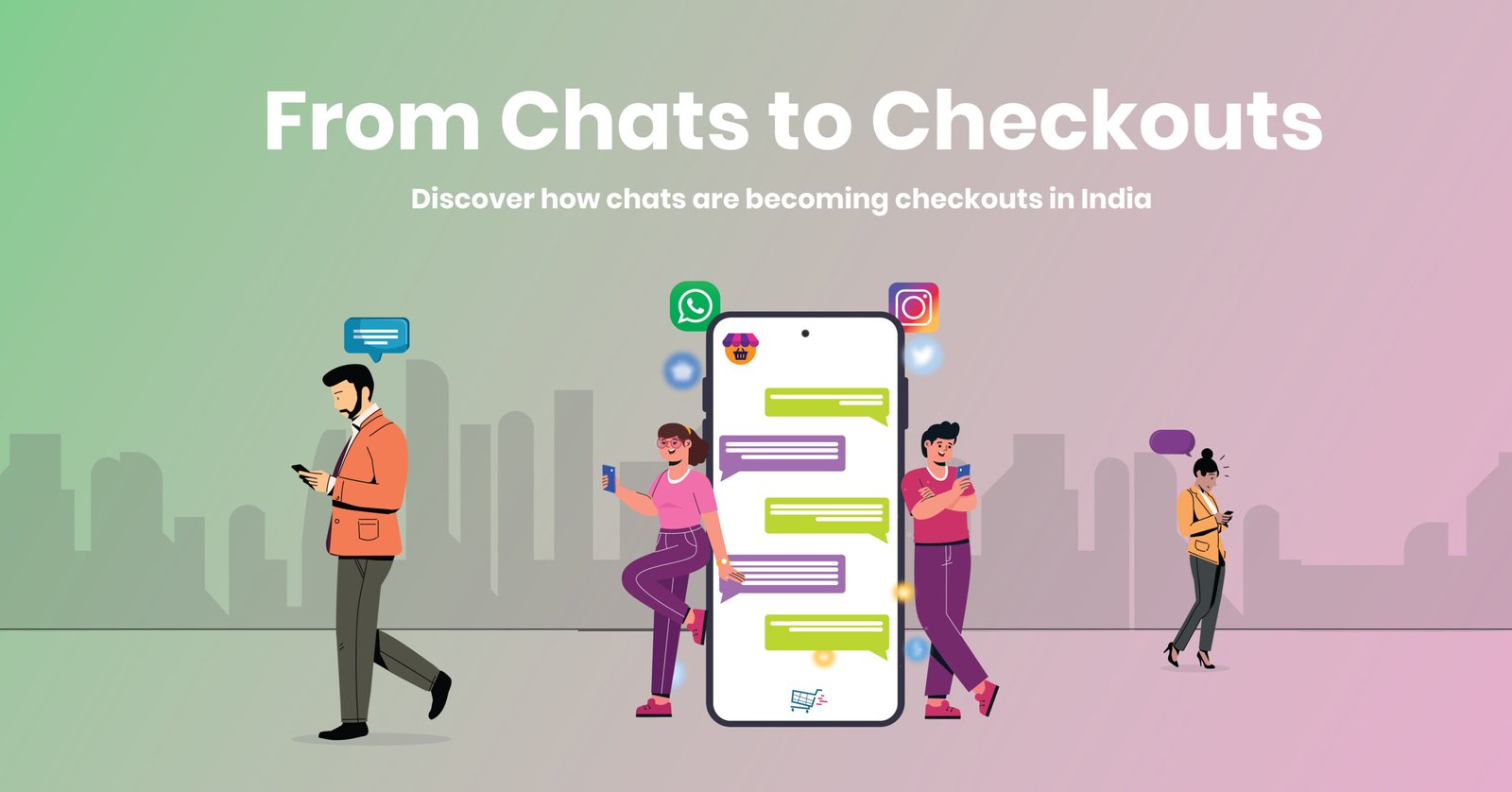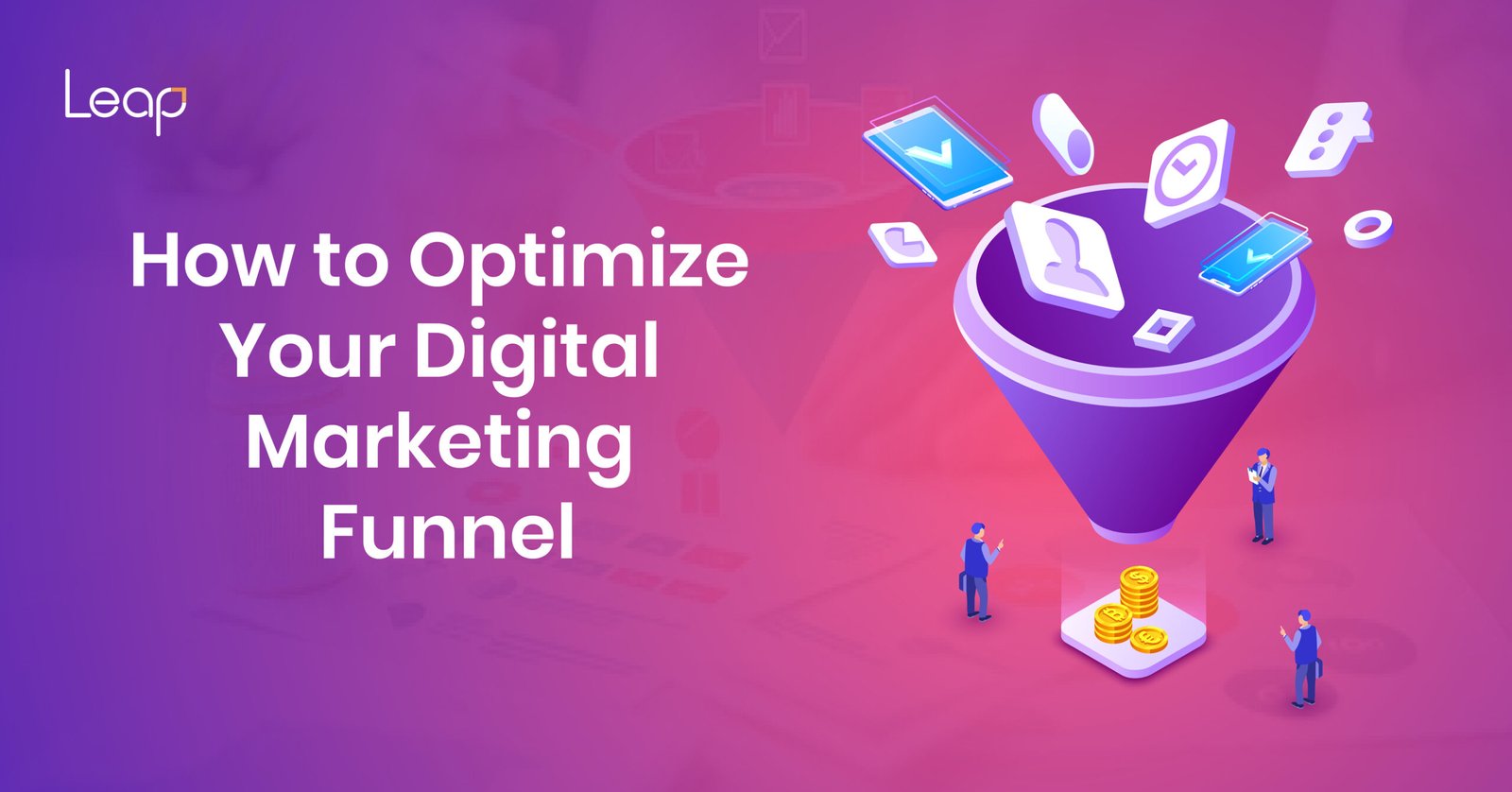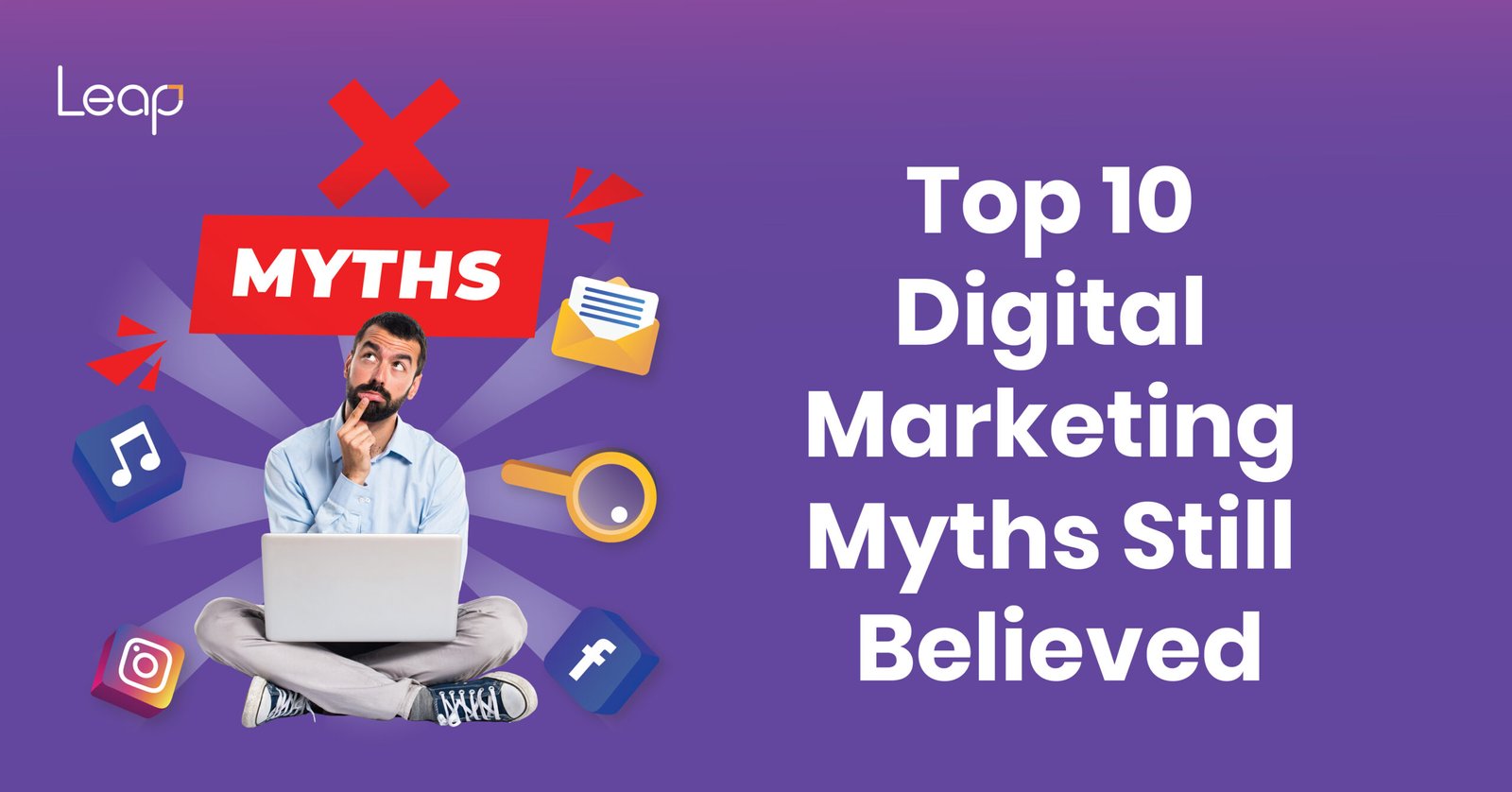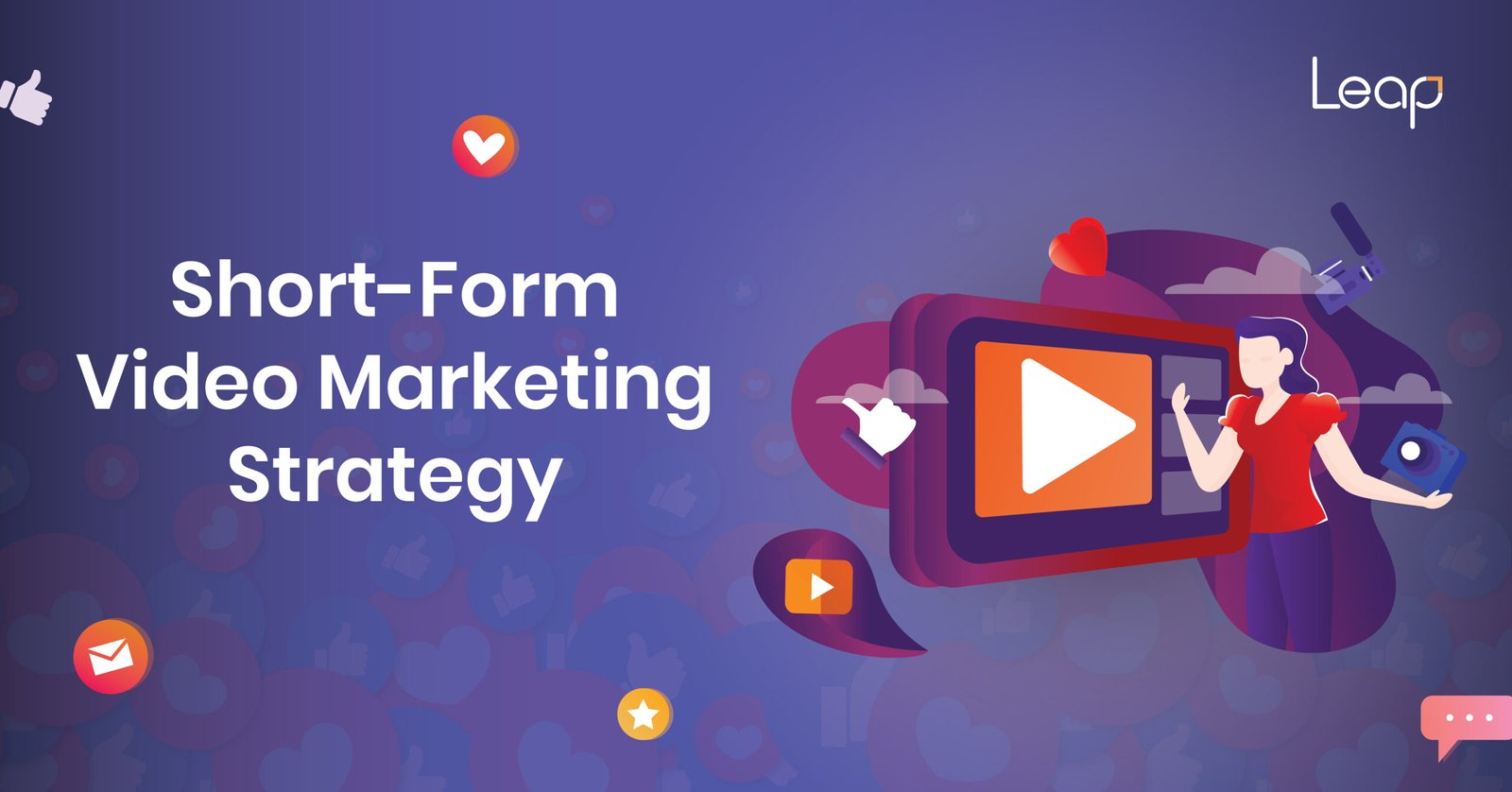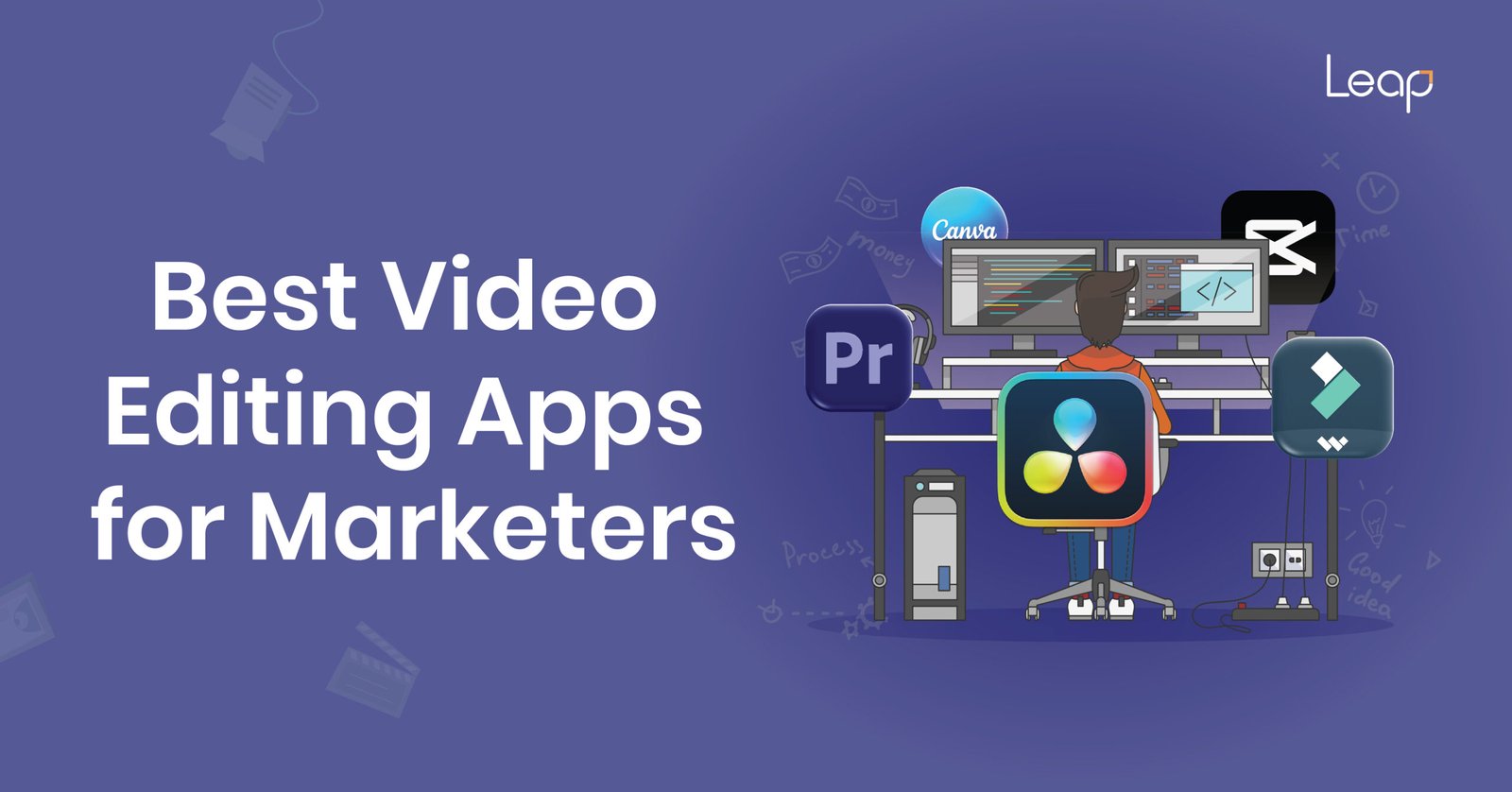
The Evolving Relevance of Google Ads in 2025
In the world of digital marketing, generating high-quality leads is the lifeblood of any successful business. But how do you capture the attention of a potential customer and convince them to share their valuable contact information? The answer lies in a powerful tool called a lead magnet.
This comprehensive guide will demystify what a lead magnet is, why it’s a cornerstone of effective digital marketing, and walk you through more than 20 top lead magnet ideas that actually work. Whether you’re a seasoned marketing professional or a business owner just starting out, you’ll gain the knowledge and practical strategies to transform your lead generation efforts.
What Are Lead Magnets?
At its core, a lead magnet is a valuable piece of content or a resource that you offer to a potential customer in exchange for their contact information, typically their email address. Think of it as a value exchange: you provide something of undeniable worth, and in return, they give you the permission to market to them.
A great lead magnet solves a specific problem or provides a quick win for your target audience. It’s not just a freebie; it’s a strategic asset that initiates a relationship and moves a prospect from a passive website visitor to an engaged lead. The value must be immediately apparent and compelling enough to make the exchange feel worthwhile.
The Importance of Lead Magnets in Digital Marketing
Lead magnets are more than just a tool for collecting email addresses; they’re a fundamental component of a robust digital marketing strategy. Here’s why they are so crucial:
Builds Your Email List:
A high-quality email list is one of the most valuable assets a business can own. It allows you to nurture leads over time, build trust, and eventually convert them into paying customers. Lead magnets are the most effective way to grow this list.
Qualifies Leads:
The type of lead magnet a person downloads can tell you a lot about their specific interests and pain points. This helps you segment your audience and tailor future communications, ensuring you send the right message to the right person.
Establishes Authority and Trust:
By providing valuable, free content, you position your brand as a knowledgeable and trustworthy expert in your field. This builds a positive brand reputation and makes prospects more likely to do business with you.
Increases Conversion Rates:
When a lead magnet is placed on a landing page, it can significantly increase the page’s conversion rate. Instead of simply asking for a sale, you’re offering value first, which is a much more effective strategy.
Accelerates the Sales Funnel:
A well-designed lead magnet can quickly move a prospect from the top of the funnel (awareness) to the middle (consideration) and even the bottom (decision), shortening the sales cycle.
Types of Effective Lead Magnets
The key to a successful lead magnet is to align it perfectly with the needs and interests of your target audience. Here are some of the most effective types, each with its own unique benefits and use cases.
1. Ebooks and Guides
What they are: Long-form, in-depth resources that provide a comprehensive overview of a specific topic.
Why they work: They position you as a thought leader and provide immense value. They’re perfect for complex topics where a quick-read article just won’t suffice. An ebook can tackle a major pain point and guide the reader through a solution.
Examples:
- “The Ultimate Guide to SEO for Small Businesses”
- “The Marketer’s Handbook to Content Creation”
Best practices: Focus on a single, well-defined topic. Use high-quality design and visuals to make the content easy to read and visually appealing.
2. Checklists and Cheat Sheets
What they are: Long-form, in-depth resources that provide a comprehensive overview of a specific topic.
Why they work: They position you as a thought leader and provide immense value. They’re perfect for complex topics where a quick-read article just won’t suffice. An ebook can tackle a major pain point and guide the reader through a solution.
Examples:
- “The Ultimate Guide to SEO for Small Businesses”
- “The Marketer’s Handbook to Content Creation”
Best practices: Focus on a single, well-defined topic. Use high-quality design and visuals to make the content easy to read and visually appealing.
3. Webinars and Workshops
What they are: Live or pre-recorded video presentations that provide an interactive learning experience.
Why they work: They are highly engaging and allow you to demonstrate expertise in real-time. Webinars build a sense of community and urgency.
Examples:
- “How to Master Facebook Ads in 90 Minutes” (live webinar)
- “A 3-Part Video Series on B2B Sales” (on-demand workshop)
Best practices: Promote the webinar heavily. Make the content interactive with Q&A sessions. Repurpose the recording as an on-demand lead magnet later.
4. Free Trials and Demos
What they are: Offering temporary access to a product or service.
Why they work: This is the most direct way to get a user to experience the value of your product. It’s a powerful lead magnet for SaaS (Software as a Service) companies.
Examples:
- A 14-day free trial of a project management tool.
- A free 30-minute demo of a marketing automation platform.
Best practices: Make the sign-up process frictionless. Guide the user through the key features during the trial to ensure they see the product’s full value.
6. Quizzes and Assessments
What they are: Interactive tools that ask a series of questions and provide a personalized result.
Why they work: They are highly engaging and provide a personalized experience. People are naturally curious about themselves and their situation.
Examples:
- “What’s Your Digital Marketing IQ?”
- “Find Your Perfect Website Template: Take the Quiz”
Best practices: Make the questions relevant to your industry. The results should offer valuable, actionable insights and lead to a relevant product or service recommendation.
7. Templates and Worksheets
What they are: Pre-made documents or frameworks that save people time and effort.
Why they work: They provide a shortcut to a desired outcome. Instead of starting from scratch, your audience can use your template to get a head start.
Examples:
- “The Ultimate Social Media Calendar Template”
- “Blog Post Outline Worksheet”
- “Email Marketing Campaign Template”
Best practices: Make the template easy to use and editable. Include instructions to guide the user.
8. Case Studies and White Papers
What they are: In-depth reports that showcase how your product or service helped a specific customer achieve a positive outcome.
Why they work: They provide powerful social proof and demonstrate the real-world value of your offerings. They are especially effective in B2B marketing.
Examples:
- “How Company X Increased Its Revenue by 40% Using Our Services”
- A white paper on the future of AI in marketing.
Best practices: Use data and specific metrics to back up your claims. Include a testimonial from the customer.
9. Resource Lists and Toolkits
What they are: A curated collection of links, tools, and resources related to a specific topic.
Why they work: They save your audience the time and effort of doing their own research. A well-curated list positions you as an expert.
Examples:
- “Top 20 SEO Tools for 2024”
- “The Content Marketer’s Toolkit”
Best practices: Keep the list updated and provide a brief description of each resource and why it’s useful.
10. Free Consultation or Audit
What they are: A one-on-one session to provide expert advice or analysis.
Why they work: This is a high-value lead magnet that directly connects you with a highly qualified lead. It’s a great way to start a sales conversation.
Examples:
- “Sign up for a Free SEO Audit of Your Website”
- “Schedule a Free 30-Minute Marketing Strategy Session”
Best practices: Clearly define the scope of the consultation. Qualify the leads beforehand to ensure you’re spending your time on high-potential prospects.
How to Choose the Right Lead Magnet for Your Audience
Choosing the perfect lead magnet isn’t about picking a random option from a list; it’s about understanding your audience and their needs. Here’s a simple process to follow:
- Identify Your Target Audience’s Pain Points: What problems are your potential customers facing? What information are they looking for? Conduct surveys, read online forums, and analyze search data to uncover their biggest challenges.
- Match the Lead Magnet to the Funnel Stage:
- Top of the Funnel (Awareness): Quizzes, checklists, and guides work well here. The goal is to provide general, high-level value.
- Middle of the Funnel (Consideration): Webinars, case studies, and templates are effective. These help prospects compare solutions.
- Bottom of the Funnel (Decision): Free trials, consultations, and coupons are perfect for leads ready to make a purchase.
Consider Your Resources: Be realistic about what you can create. An elaborate ebook requires more time than a simple checklist. Choose a lead magnet you can create and deliver with high quality.
Best Practices for Creating Lead Magnets
A great lead magnet isn’t just about the idea; it’s about the execution. Follow these best practices to ensure your lead magnet is a conversion machine.
- Solve a Specific Problem: Don’t try to solve everything. Your lead magnet should provide a quick, laser-focused solution to one specific problem.
- Promise a Quick Win: People want results fast. A lead magnet that promises and delivers a quick win is far more effective than one that requires a huge time commitment.
- Be Easily Consumable: Whether it’s a checklist or an ebook, the content should be well-organized and easy to digest. Use short paragraphs, headings, and bullet points.
Make it Visually Appealing: First impressions matter. Use professional design, high-quality images, and a consistent brand aesthetic.
Promoting Your Lead Magnets
Even the best lead magnet won’t generate leads if no one sees it. Here’s how to get the word out.
- Create a Dedicated Landing Page: This is a non-negotiable step. Your landing page should clearly state the value of the lead magnet and have a single, clear call-to-action (CTA).
- Use Pop-ups and Banners: Strategically place pop-ups on your blog posts or homepage. Exit-intent pop-ups are particularly effective.
- Integrate in Blog Content: Mention your lead magnet within relevant blog posts and link to the landing page. For example, if you have a blog post on email marketing, link to your “Email Marketing Campaign Template.”
- Promote on Social Media: Share the lead magnet on all your social channels. Create eye-catching visuals and write compelling copy to drive traffic to your landing page.
Leverage Paid Advertising: Use platforms like Facebook Ads and Google Ads to target a specific audience and drive highly qualified traffic to your lead magnet landing page.
Measuring the Success of Your Lead Magnets
How do you know if your lead magnet is a success? It’s all about the data. Here are the key metrics to track:
- Conversion Rate: The percentage of visitors who download your lead magnet. A good conversion rate is typically between 5-15%, but this can vary widely.
- Number of Leads Generated: The total number of new contacts added to your email list.
- Lead Quality: Are the leads you’re generating the right fit for your business? Are they engaging with your emails and other content?
- Customer Lifetime Value (CLV): How much revenue do the leads from a specific lead magnet generate over time? This is the ultimate measure of success.
For more insights on how to track and analyze your digital marketing efforts, explore our resources on effective digital marketing campaigns on www.leapmarcom.com. We believe that data-driven decisions are the key to unlocking your full potential. Our team of expert strategists can help you implement these lead generation strategies and more.
Conclusion: Transform Your Lead Generation Today
Lead magnets are not a passing trend; they are a fundamental pillar of a successful digital marketing strategy. By offering valuable content in exchange for an email address, you can build a qualified list, establish your brand authority, and lay the groundwork for long-term customer relationships.
From comprehensive ebooks and practical checklists to engaging webinars and valuable free trials, the right lead magnet can transform a passive website visitor into an engaged prospect. The key is to understand your audience’s needs, create a resource that solves a specific problem, and promote it effectively.
Ready to take your lead generation to the next level? Visit www.leapmarcom.com for more expert insights, resources, and to learn how our digital marketing solutions can help your business thrive.


